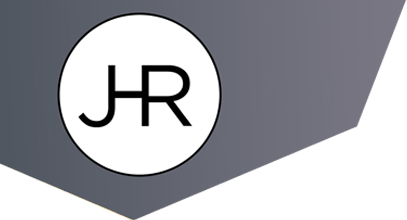There’s a lot of misinformation floating around the business world about trademarks. Smart entrepreneurs are waking up to the fact that this area of law is critical to successful branding, which is the foundation of sales, revenue, and ultimate business success. It doesn’t matter if you are selling widgets, houses, luxury cars, guitars, or brooms–your brand is one of your biggest assets, and trademark law is the protective moat around your brand.
Here is part one in our series of the top myths and faulty assumptions that people make about trademarks:
1) I changed a letter and got the domain name, so I’m not infringing on another’s rights.
Not exactly. The test for trademark infringement is not if a letter or word is different. It’s whether or not consumers would be confused as to the source of the goods and services.
2) Someone else is already using the name, but they haven’t filed a registration, so if I file first, I’ll be OK.
Not exactly. In the US we are a first to use country, not first to file. The test for trademark infringement isn’t who registered first, it’s who used the trademark in commerce first in a market category or niche. Even if you are the first to file, you still could be infringing on another’s rights.
3) Just using the “TM” symbol gives me all the protection I need.
Wrong! While it’s smart to use the “TM” symbol next to anything you want to claim as an indicator that your company is the source of the goods and services, just using the “TM” does not provide you with any protection legally. Once you register your trademark then you should use the ® to put all others on notice to your legal rights.
4) I can use my competitor’s brand in my Google AdWords without any problems.
Depends. Most cases hold that you can bid on key words that contain another’s trademark, however, you may not use another’s trademark in your Google AdWords text. Beware, just because Google doesn’t check for trademark infringement very closely (although they are getting better at it, and most competitors are effectively monitoring AdWords) doesn’t mean your competitor won’t be ready to slap you with an infringement suit if you use their name as a keyword to distract consumers from their site and lead them to yours.
5) I own the domain name, so I can stop anyone else from using something similar.
Wrong! Registering a domain name does not provide you with the same rights a registered trademark does. Even if you got there first to register a domain name, the test is who USES the mark first. Sitting on a domain name doesn’t count. Launching a website that includes the name for a product, but not actually selling the product, doesn’t count. You have to use the name appropriately to obtain protection, which means if you’re offering a product, the name has to be on the actual product packaging or point of sale materials and not just on marketing materials or a website. That is, the product has to be available to the consuming public. If you’re offering a service and a purchaser could buy the service from you, then a webpage is usually good enough.
In part two of this series, we’ll cover an additional five myths and misconceptions that can lead well-meaning business owners and entrepreneurs down the path of trademark infringement. If you’ve made one of these mistakes or you’re just starting up and you’d like guidance to ensure that you avoid some of the landmines addressed this blog post, contact our trademark lawyers at (888) 666-0622 to schedule a consultation.
DISCLAIMER: The information contained in this article is for informational purposes only and is not legal advice or a substitute for obtaining legal advice from an attorney.
Call our office today to start moving toward achieving your goals.
Call 888-666-0062
New York Offices
(by appointment only)
-
155 Water Street
Brooklyn, New York 11201 - Phone: (718) 246-8482
- [email protected]
Charleston Offices*
(mailing address)
-
210 Rutledge, 2nd Floor
Charleston, SC 29403 - Phone: (888) 666-0062
- [email protected]
*Our South Carolina office will be limited to federal law (Registered to Practice before the US Patent & Trademark Office, Admitted in New York only. Not a member of the South Carolina Bar.
“Attorney Advertising”. Disclaimer and Website Privacy
© 2021 The Law Office of Jason H. Rosenblum PLLC . All Rights Reserved. Site by Web Done Well.




